Discussing War and Conflict with Teens
For we adults who have witnessed tragedies, war, conflict, and disasters in our lifetime, developing coping skills and a contextual framing of tragedy has hopefully given us the ability to learn of atrocities without becoming so overwhelmed that it renders us incapable of meeting our responsibilities. We can experience anguish for our fellow man, but reconcile our more immediate feelings of despair, fear, and vulnerability to process our emotions and be somewhat present for our family.
It is important to remember that many young people do not have the ability to process tragedy in the world and may experience more acute anxiety that can overwhelm them, leading to panic and other damaging anxiety symptoms that can disrupt life and learning. Media has made the world feel smaller, and the level of detail is uncensored on many platforms, exposing teens to scenes of violence that may prove harmful. There is a difference between being informed and being traumatized. (PLEASE monitor your child’s access to online content that may be inappropriate, violent, and graphic. Images and videos often go unmonitored during times of crisis. Parental input is crucial in a child's understanding of hostile events.) Most young folks don’t enjoy hearing about the past, but by discussing current events in a contextual framework, teens and adolescence can process their anxieties without being significantly overwhelmed.
By referencing past conflicts, you provide a historical context that can help them understand that challenging times have occurred in the past, and humanity has often found ways to overcome them. Highlight how societies, individuals, and nations have shown resilience and strength in the face of adversity. Share stories of people and communities that have rebuilt after wars and crises. Emphasize that we learn from history. Discuss how past conflicts have led to efforts to prevent future conflicts and promote peace. This can instill a sense of hope and progress. Reassure them that there are people, leaders, and organizations dedicated to preventing and resolving conflicts, and to ensuring the safety and well-being of individuals and communities.
While discussing historical conflicts, make sure to acknowledge the challenges that exist today. It's important to balance historical context with the understanding that current conflicts and global issues still matter and need attention. Practice active listening and empathy. Reflect on tragedies from your childhood and how they made you feel (natural disasters, acts of terror, war, recessions..). It's important to relate to their fear without dismissing it. We need to make them feel validated as concerned, kind, young people, while making them feel personally safe and secure. When discussing historical events and conflicts, tailor your explanations to the age and maturity level of the child or adolescent. Younger children may benefit from simplified narratives, while older ones can handle more complex historical information. The goal is to use history as a tool to provide perspective and reduce anxiety, not to dismiss their current concerns or fears.
Save The Children and the Anti Defamation League offer online tools to help you discuss military conflict, acts of terrorism, as well as antisemitism and racial violence with your family. “5 minute history" animated history videos are great for teaching kids about past wars and resiliency. It's important that they see the resiliency of past generations, to understand current affairs in context. This material can also help all of us gain perspective and hope.
